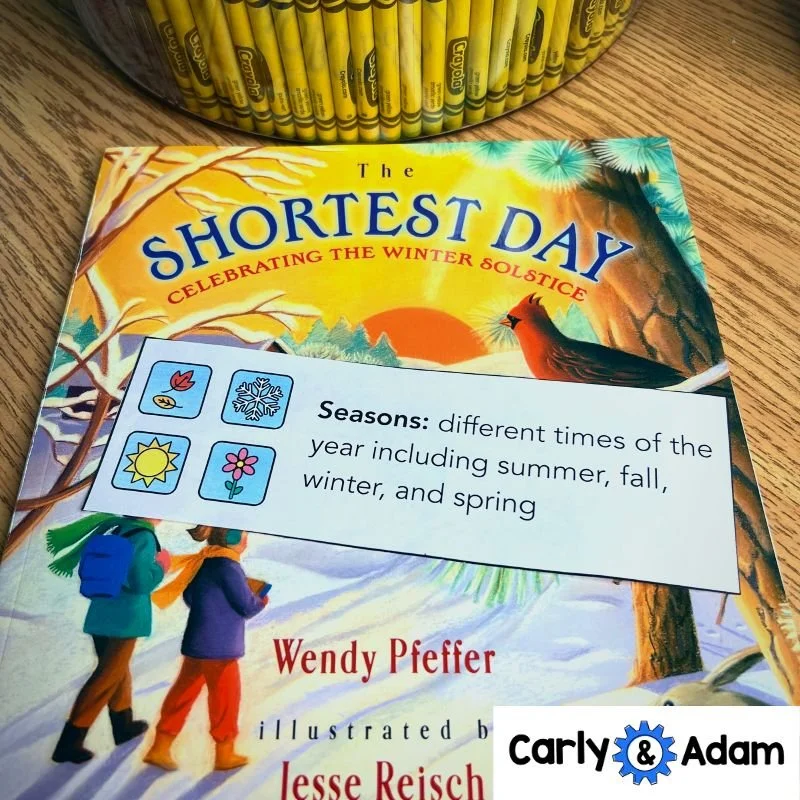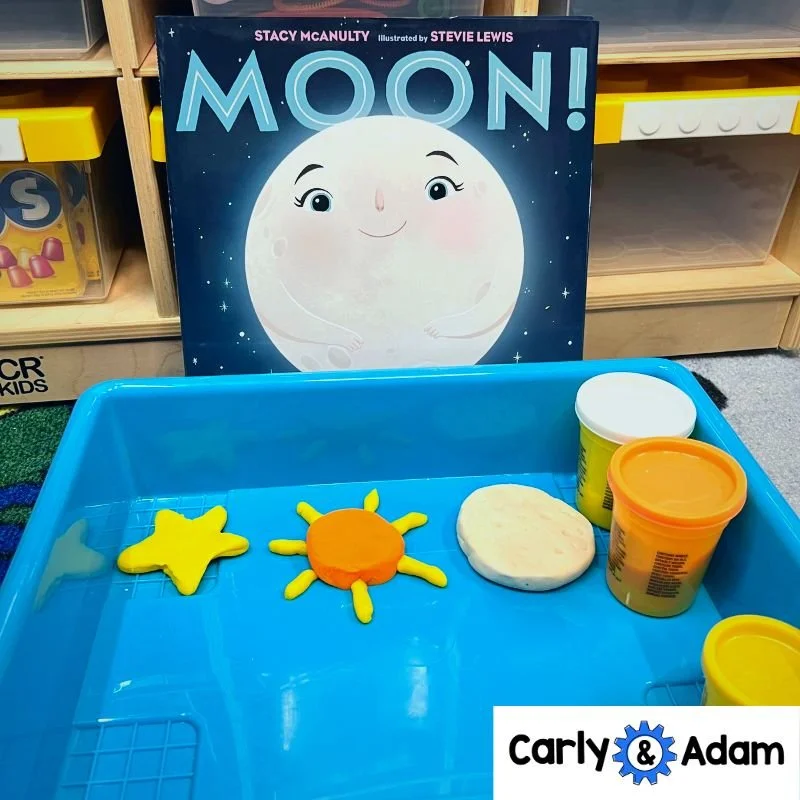Tips for Teaching About Earth's Place in the Universe
Engaging your students in STEM activities can be a fantastic way to pique their interest and help them understand complex scientific concepts. Two excellent resources that can help you achieve this are The Shortest Day: Changing Seasons and Earth's Place in the Universe STEM activities.
The Shortest Day: Celebrating the Winter Solstice
(An Earth Science Activity & Read Aloud)
Learn about Earth's place in the universe as students track sunlight and the seasons with this 1st Grade Science Activity as a companion to the read aloud The Shortest Day: Celebrating the Winter Solstice by Wendy Pfeffer.
Scientists are observers. They study things around them. Astronomers study the Earth and the sky, noticing how the sun and moon change.
In this First Grade STEM Lesson, observe the amount of daylight each day. Then they compare how the amount of daylight changes depending on where you live and what season it is.
This First Grade STEM activity aligns with NGSS Earth Science Standards for First Grade but can be used in 2nd and 3rd grade too.
Material List:
crayons
pencils
The Shortest Day: Celebrating the Winter Solstice by Wendy Pfeffer
1-ESS1-2 Earth’s Place in the Universe
Make observations at different times of the year to relate the amount of daylight to the time of year.
Learning Objective
I can observe how the amount of daylight relates to the time of year.
Moon: Earth’s Best Friend
(An Earth Science Activity & Read Aloud)
Learn about Earth's place in the universe as students observe the sun, moon, and stars with this 1st Grade Science Activity as a companion to the read aloud Moon: Earth’s Best Friend by Stacy McAnulty.
Scientists are observers. They study the Earth and the sky, noticing how the sun and moon change. They look at the patterns of the stars.
In this First Grade STEM Lesson, students learn about the sun by observing shadows. They use what they know about patterns to make some predictions about the sky.
We included both indoor and outdoor investigations.
Material List:
crayons
play dough
crayons
pencils and STEM journals
Moon: Earth’s Best Friend by Stacy McAnulty
sidewalk chalk (outdoor investigation only)
small plastic toy (indoor investigation only)
flashlight (indoor investigation only)
1-ESS1-1 Earth’s Place in the Universe
Use observations of the sun, moon, and stars to describe patterns that can be predicted.
Learning Objective
I can observe the sun, moon, and stars to describe patterns.
These resources will help your students develop a deeper understanding of scientific concepts, encourage them to think critically and inspire them to further explore the world around them. Using these activities, you can ignite a love for science in your students and provide them with a strong foundation for future learning. So, go ahead and check out these excellent resources by clicking the links above and start preparing your students for a lifelong love of science!
Have more questions or need additional resources?
You can get all 250+ STEM Challenges by Carly and Adam as part of the STEM Teachers Club Membership. Save $5 on your first month using coupon Code: CarlyAndAdamBlog.
We hope you have found this blog post helpful. To stay connected with Carly and Adam's teaching tips and classroom freebies be sure to follow us on Facebook, Pinterest, Teachers Pay Teachers, and subscribe to our blog!


